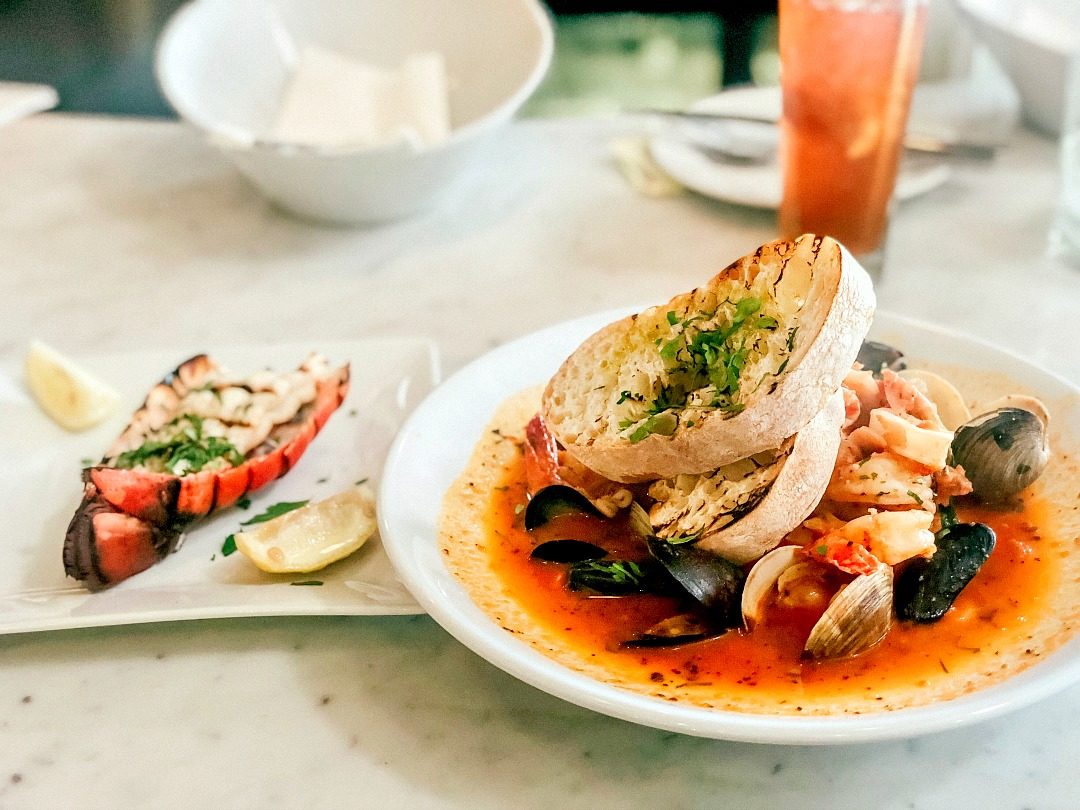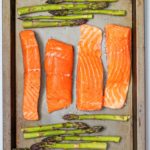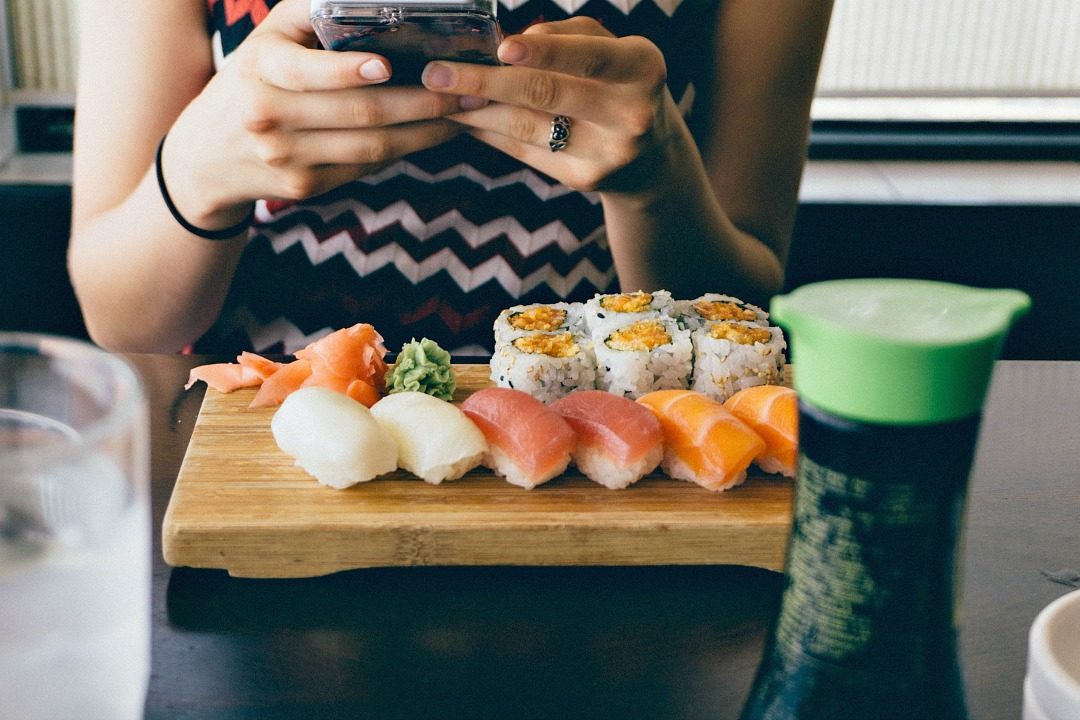Pescatarian, also spelled pescetarian, fuses the words pesce (the Italian word for fish) and tarian (derived from vegetarian). In general, a pescatarian will eat a mostly vegetarian diet while incorporating fish and seafood into their meals. With more and more people wanting to cut down their meat consumption, the pescatarian diet is creeping up in popularity—and it’s even converting some longtime vegetarians.
The pescatarian diet is heart-healthy.
When done right, the pescatarian diet is an extremely healthy lifestyle. In addition to all the nutritious vegetables and legumes consumed, pescatarians get a heart-healthy dose of lean proteins and omega-3 fatty acids from fish. Even with a standard diet, the American Heart Association suggests eating fish two to three times a week. Fatty fish that are high in omega-3 such as mackerel, lake trout, albacore tuna, salmon, and sardines are especially good.
If you’re unfamiliar with cooking fish, here are some methods and tips you might find useful.

Getting enough iron.
Even without consuming red meats or poultry, pescatarians get their fair share of heme iron. Three ounces of oysters, clams, mollusks, or mussels contain the same amount of iron as three ounces of beef or chicken liver; three ounces of canned sardines in oil contain the same amount of iron as three ounces of cooked beef. When it comes to non-heme iron from plant-based sources, absorption is more difficult. But, there are solutions! Pairing non-heme iron sources with vitamin C-rich foods can increase your iron absorption up to five times. And though some believe it to be a myth, cooking in a cast iron pan will, in fact, increase iron absorption as well.
*One thing to note is that men need less iron than women. Depending on age, diet, and overall wellness, the average male needs less than half the daily amount of iron than a female needs. Many sources site that women aged 19 to 50 need 18 milligrams of iron per day, while men within the same age range only require eight milligrams.
Fish that are high in mercury.
When it comes to frequent fish consumption, mercury is a common concern. But as long as you’re mindful and limit your consumption of large fish and marine mammals—like shark, swordfish, king mackerel, marlin, orange roughy, tilefish, bigeye tuna, and ahi tuna—there’s very little reason to worry. The only time you should avoid these species all together is if you’re planning on becoming pregnant, are pregnant, or are nursing.
It’s also worth noting that though though shark can be caught sustainably, it’s a rarity. Be cautious. I also advise against eating shark fin and supporting the shark fin industry. Most of the time, fisherman sever the fins and throw the sharks back to sea to die a slow and painful death. (Heavy stuff, I know. But the fishing industry has a lot of dark corners, which is why sustainability and knowing where your food comes from is so crucial.)
How to shop for sustainable fish and seafood.
When it comes to shopping for seafood—canned, frozen, or fresh—it’s important to know where it’s coming from so you can make better choices. More companies are being transparent today, so they have the information stamped right on the packaging (though it’s still worth doing your homework; unfortunately not all companies are honest.) If you’re buying fresh from the counter, don’t be shy—ask the fishmonger some questions. Another great way to track seafood is through Monterey Bay Aquarium’s Seafood Watch. They even have an app, so you access information right from the palm of your hand.
If you’re looking for some inspiration, download my free eBook, Eat More Fish.
Stock photo credits: Christine Siracusa on Unsplash | Viviana Rishe on Unsplash | j on Unsplash | Nick Karvounis on Unsplash








